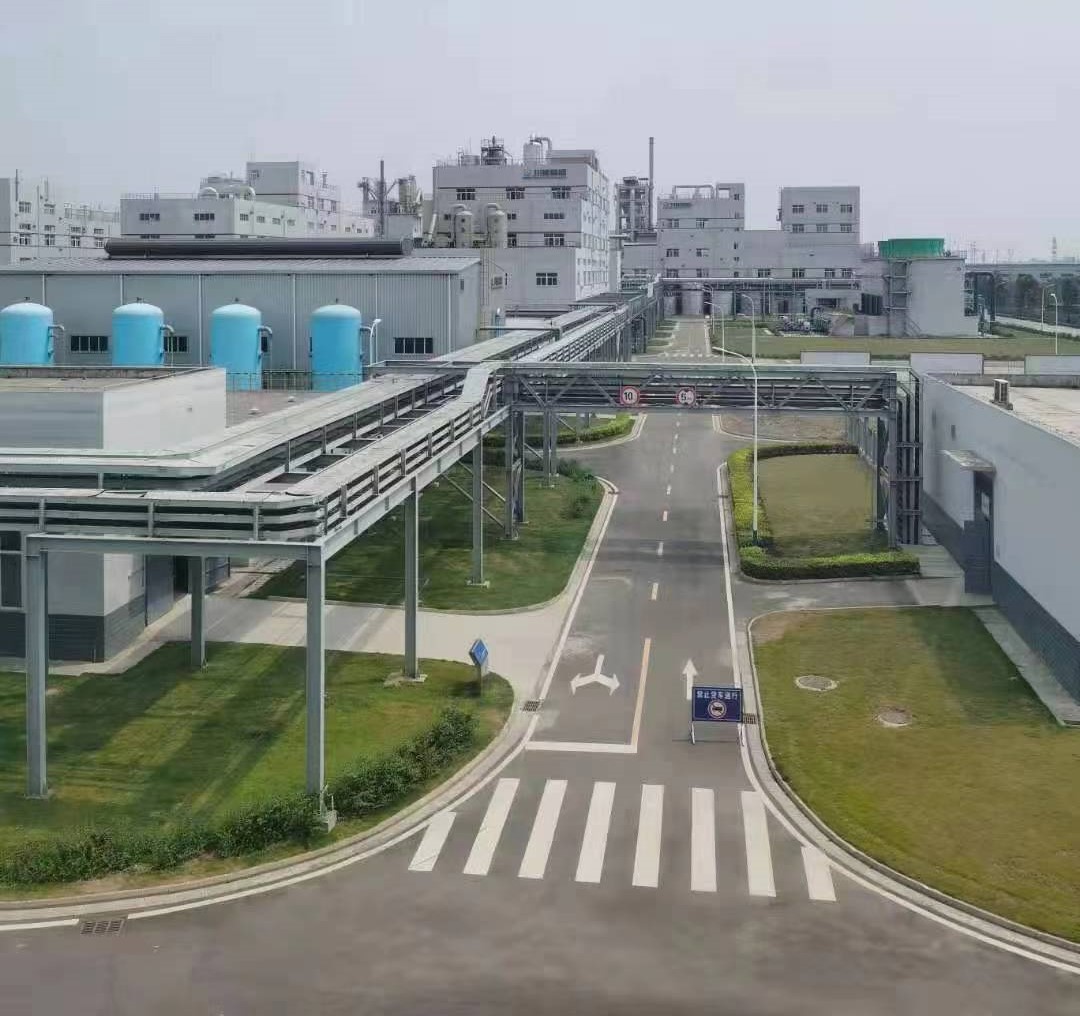In 2026, the substantial increase in new production capacity in Indonesia will remain the primary driver of supply growth.
Oct,29,25
In 2026, the substantial increase in new production capacity in Indonesia will remain the primary driver of supply growth.
From the perspective of Mixed Hydroxide Precipitate (MHP), new projects are anticipated to commence operations in 2026, with Indonesia's MHP production capacity expected to reach 850,000 tons of metal, reflecting a year-on-year increase of over 85%. Additionally, Indonesia's annual production is projected to approach 680,000 tons of metal, marking a year-on-year increase of over 45%. The supplementary effect of high nickel content will be further evident in 2026.
2. **Insufficient Growth Momentum on the Demand Side**
The demand side exhibits structural differentiation, resulting in limited overall growth.
In the new energy sector, the purchase tax for new energy vehicles will be reduced from exemption to a 50% reduction in 2026. Consequently, it is expected that the sales growth rate of new energy passenger vehicles will decelerate. Furthermore, lithium iron phosphate is anticipated to dominate the ternary market, with ternary cathode material production in China expected to reach 760,000 tons in 2026, a slight decrease compared to the previous year.
Regarding pure nickel, the ramp-up of new projects and the release of production capacity in 2026 will drive an increase in production, with an expected output of approximately 1.15 million tons, reflecting a year-on-year increase of about 9.5%.
3. **Clear Cost Support**
The release of Indonesian RKAB quotas and the impact of key auxiliary material sulfur have contributed to rising costs for nickel intermediate products.
The estimated cost of MHP after cobalt conversion in 2026 is projected to be around $11,000 per metal ton, representing a year-on-year increase of about 3%. The cost of high nickel ice is expected to be approximately $13,800 per metal ton in 2026, with a year-on-year increase of about 7%.
On the nickel ore side, the Indonesian government will regulate nickel ore prices and cautiously manage the release of RKAB quotas and related policies based on market supply and demand, which will directly elevate nickel ore costs.
Regarding sulfur, the release of production capacity from Indonesia's MHP projects has increased demand for sulfur from smelters, leading to an anticipated year-on-year rise in sulfur prices.
4. **Summary**
In 2026, nickel intermediate products will encounter a market dynamic where demand growth lags behind supply growth. Additionally, the proportion of MHP directed towards nickel is expected to rise. The progress of RKAB policy approvals in Indonesia remains a critical variable, with particular attention to intermediate product costs and the release of downstream capacity.






